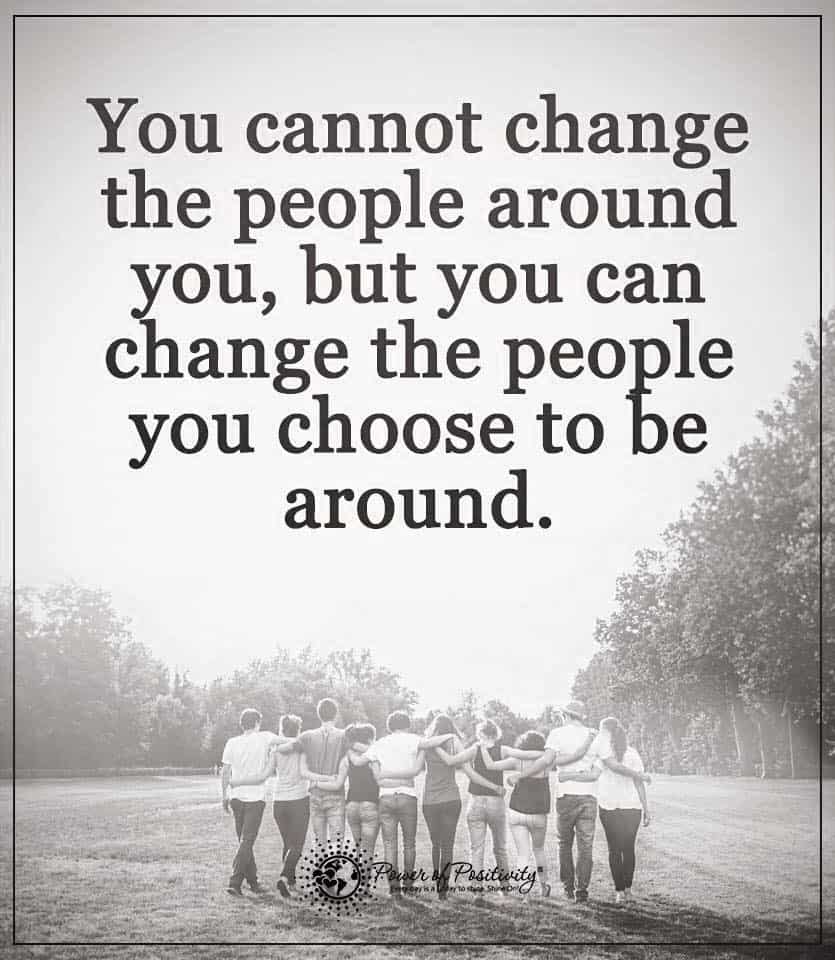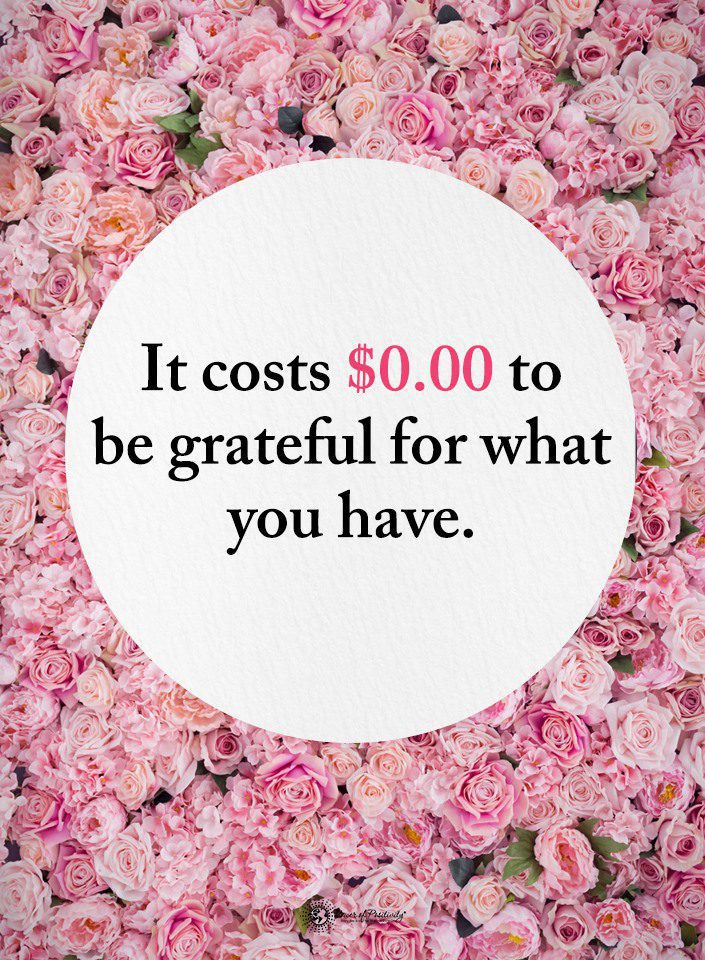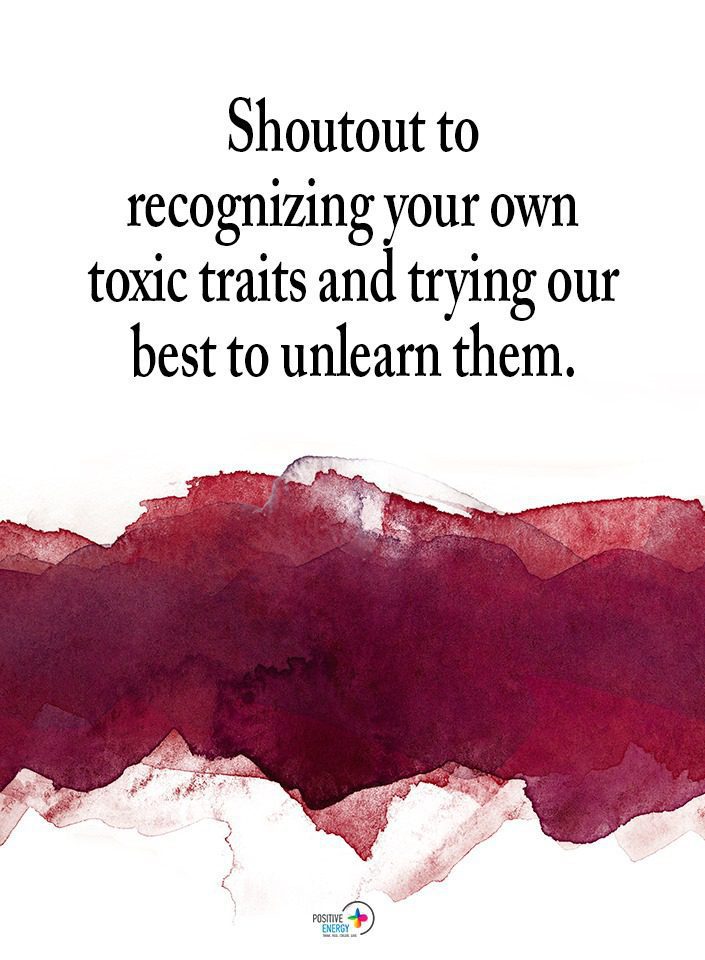Everyone knows what pessimism is, but most people don’t research much more into it and likely don’t know what defensive pessimism is. They know the basic definition and that this mindset is usually frowned upon. But that’s where all the knowledge usually ends. Most people can go through life without ever knowing more. But, if you are pessimistic, it might be helpful to extend your knowledge a little bit.
Pessimism is a complex psychological phenomenon that can be separated into two types. These types are dispositional and defensive pessimism. And most people will experience both of these throughout their life. There are many reasons why people cannot have the best outlook on life at all times. And, contrary to popular opinion, there’s nothing wrong with being a little pessimistic from time to time.
Everyone always goes on about how people should be optimists or realists. But they don’t realize that people don’t randomly wake up and decide it’d be nice to be pessimistic. It’s not fun to always have a negative mindset, and people usually try their hardest to see the good in things. But, for many reasons, that’s not always possible.
And this is especially true when it comes to defensive pessimism. Things can get even harder to handle if you struggle with dispositional pessimism. But there are ways to cope and learn to have a new mindset. And the first step towards that is understanding what the two types of pessimism look like.
Why are People Pessimistic?

Logically speaking, there’s no reason anyone would ever be a pessimist. But people aren’t rational beings. Sure, we are intelligent, and we make many decisions using logic. But that doesn’t mean your emotions aren’t usually the ones who decide for you. Emotions often overpower every ounce of the reason people have. And this is true when it comes to your mindset. If we were to decide on everything logically, we would all be realists. But, if you look at the people around you, you can easily see that’s not the case.
For example, many people are optimists, or at least they strive to be. That’s not because of some rational reason. It’s because people believe optimism will improve their life. So, people are optimists because they hope things will get better. They don’t know that’ll be the case; they choose to believe that a positive mindset will always help out. Sure, psychology shows that there are some benefits to being optimistic. But those benefits only apply if you know how to dose your optimism.
If you are always optimistic, it can come back to bite. You risk creating false expectations that will never be met, thus setting yourself up for failure. That being said, it’s evident that always having a pessimistic outlook is not desirable. Still, some people do it. Maybe they aren’t always pessimistic, though some people are like that. But emotions render people unable to control pessimism. Even if all you want from a logical perspective is to change that outlook, you can’t always do it.
Is Pessimism a Personality Trait or a Conscious Choice
So, pessimism isn’t a conscious choice. But that doesn’t mean pessimism is something to be ashamed of. It’s a personality trait, just like being shy is a trait that people can’t fully control. But, given that it’s a trait, you can work towards changing it. That doesn’t mean it’s an easy feat, mainly since this mindset is usually associated with mental health issues.
Pessimism is not a mental health issue in and of itself. But it’s a mindset that often stems from struggling with issues such as depression and anxiety. Having a positive outlook on life can be nearly impossible when dealing with stuff like that. So besides mental health issues being a cause of pessimism, there are a few other causes. First, of course, genetics factor in quite a bit.
Some people are naturally predisposed to negativity. But, as you might know, genetics are easily overwritten by environmental factors. So, if you are born pessimistic, it can be quite easy to grow out of it. But, it can get tricky when your environment is why you developed a pessimistic mindset. For example, having bad family dynamics can make even the most positive person reach the other end of the spectrum.
If your parents were abusive or toxic, it’s easy to grow up believing nothing can ever go right. The same goes for other traumatic experiences, such as having an abusive partner or a toxic work environment. The worse someone experiences, the more likely they are to become pessimists.
The Two Types of Pessimism

1. Defensive Pessimism
Defensive pessimism is the most common type. If you are a defensive pessimist, that doesn’t mean you are always negative. Instead, it means you are the type of person who prepares themselves for the worst outcome. The pessimism lies in the fact that you still expect things to go wrong, but you are doing it to prepare yourself for it. Psychologists call this type of pessimism the productive one.
That’s because defensive pessimism can be used to ensure that things turn out well. This is a more realistic type of negativity, as it doesn’t involve blaming yourself for everything that goes wrong. Instead, it’s more about acknowledging that things could take an unfortunate turn. Sure, the general mindset is still a negative one. So don’t get too excited thinking you can get away with defensive pessimism. It’s still not something you can healthily sustain.
That being said, how can defensive pessimism be beneficial? Well, as mentioned, it’s a way to prepare for the worst outcome. That means you analyze a situation and determine what could go wrong. For example, say your company needs to lay off some employees. Maybe you aren’t at any risk of being fired.
An optimist wouldn’t even break a sweat thinking about the possibility of job loss. But a defensive pessimist will take into consideration the possibility. The downside is that they’ll be inclined to believe that the worst will happen. That idea will always loom over their head until proven otherwise. So, that is the downside of defensive pessimism. It often fills people with fear and anxiety.
And it’s not healthy at all to use it as a defense mechanism. It’s way better to strive toward being a realist. But, of course, it still gives you the advantage of considering the worst possible outcomes. But that possibility won’t seem like a guarantee anymore. So you won’t have to deal with all the stress and other negative repercussions.
2. Dispositional Pessimism
Unlike defensive pessimism, dispositional pessimism is defined as a constant belief that everything will go wrong. It’s not just that you consider that it might happen. You strongly believe everything you’ve worked for will collapse at any second. No matter how good things are going, a dispositional pessimist won’t be able to accept that. They’ll always believe that things going well is just a prelude to the end of your life.
The worst part about this is that dispositional pessimists will blame themselves for all that goes wrong. For example, if you’re walking to work, it randomly starts pouring, and a car drives by and splashes you. If you’re a dispositional pessimist, you blame yourself for what happened. You’ll think it’s your fault for not walking far enough from the side of the road. And you’ll keep beating yourself up about it for the whole day.
Dispositional pessimism is completely destructive. As opposed to defensive pessimism, it doesn’t have any benefit. It can’t help you be prepared for the worst because this mindset destroys your confidence and motivation. What it does is that it makes you believe that you deserve every awful thing that comes your way.
You won’t fight to ensure bad things don’t happen because you’ll be convinced you can’t. If you don’t try to change this mentality, it will eat away at you. It can even reach the point of nihilism, believing that life doesn’t have meaning; therefore, you shouldn’t make an effort. Besides having a horrible effect on your mental health, it can stop you from pursuing your dreams.
How to Overcome Pessimistic Thinking
When changing your thinking patterns, your focus must be on the issue’s root. So, you need to understand what type of pessimism you have and why it developed. Once you know the root cause, genetic or environmental, you can work on solving it. One way to do that is by going to therapy. But you can also make strides by yourself, for example, by cutting toxic people out of your life.
Practicing positive thinking can also help you out. It might seem unattainable, but there are some tricks you can use to speed along your progress. For once, you can try journaling to face your feelings and fears. Once you do, you can start addressing those issues. In addition, you can use affirmations and thought replacements to change your mindset.
Final Thoughts on the Two Types of Pessimism and How to Avoid It
Sometimes, being pessimistic is unavoidable. However, not everyone can be cheery and optimistic all of the time. Even being realistic can seem impossible when life is shattering around you. Being pessimistic is natural, but you must learn to control those feelings. Make sure negativity doesn’t become your default. And to do that, you need to understand the difference between dispositional and defensive pessimism.
Dispositional pessimism is what you need to be wary of. That’s when you believe that you deserve a horrible life and that everything that goes wrong is your fault. This can gravely affect your mental and physical health. Defensive pessimism is not nearly as bad and can even have some benefits. This means you always prepare for the worst without beating yourself up when bad things happen. It’s much closer to realism. But that doesn’t mean there aren’t any downsides. You are susceptible to increased stress and anxiety if you are a defensive pessimist. To avoid all these issues, you must fight pessimistic thinking by practicing positivity.


















